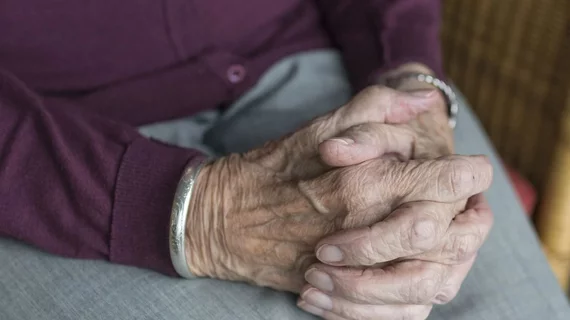CT images of thoracic muscles hold prognostic value for elderly ICU patients, research reveals
This week experts shared the results of new research that correlates low thoracic skeletal muscle in chest CT images and increased mortality rates among elderly ICU patients.
The findings, published this week in Nature, could help guide treatment plans for this vulnerable demographic, the authors reported.
“Caring for older patients frequently poses ethical and practical challenges, both prior to and during ICU admission. In order to determine the level of treatment for elderly patients, we need to consider functional recovery as well as their chances of survival in the ICU,” Sung Woo Moon, with the Division of Geriatrics and Integrated Medicine at Yonsei University College of Medicine in South Korea, and co-authors wrote.
According to their analysis, an indicator of potential adverse outcomes among elderly ICU patients can be found in chest CT images of the pectoralis muscle. The team retrospectively analyzed images from 190 elderly patients (70 and older) admitted to the ICU, looking at the cross-sectional area (CSA) of the pectoralis muscle (PMCSA) at the fourth vertebral region. Researchers then compared these findings to the patient mortality, and prolonged ventilation and Sequential Organ Failure Assessment (SOFA) scores.
For patients who had scores below the median, the authors observed a "significant" increase in prolonged ventilation. This jump remained consistent according to SOFA scores and hospital mortality as well.
Hospital mortality rates were reviewed at 30, 60, and 90 days after ICU admission. For the patients with PMCSA values above the median, mortality rates were 23.4%, 25.5%, and 26.6%, respectively, compared to 34.4%, 41.7%, and 43.8% for patients with values below the median.
“We believe that the CSAs of the pectoralis muscles reflect the patient’s general health and nutritional status and are markers of frailty before ICU admission,” the authors wrote. “Considering the thoracic skeletal muscle CSA at the time of ICU admission when deciding the therapeutic intensity in elderly ICU patients may help in making medical decisions.”
You can view the full results of the study here.

